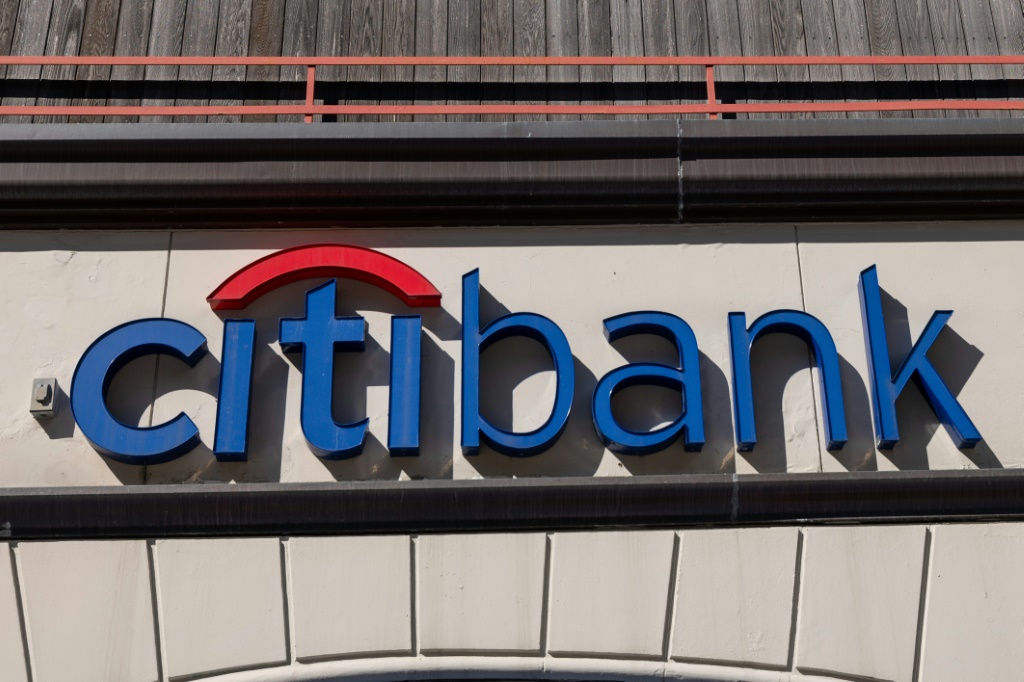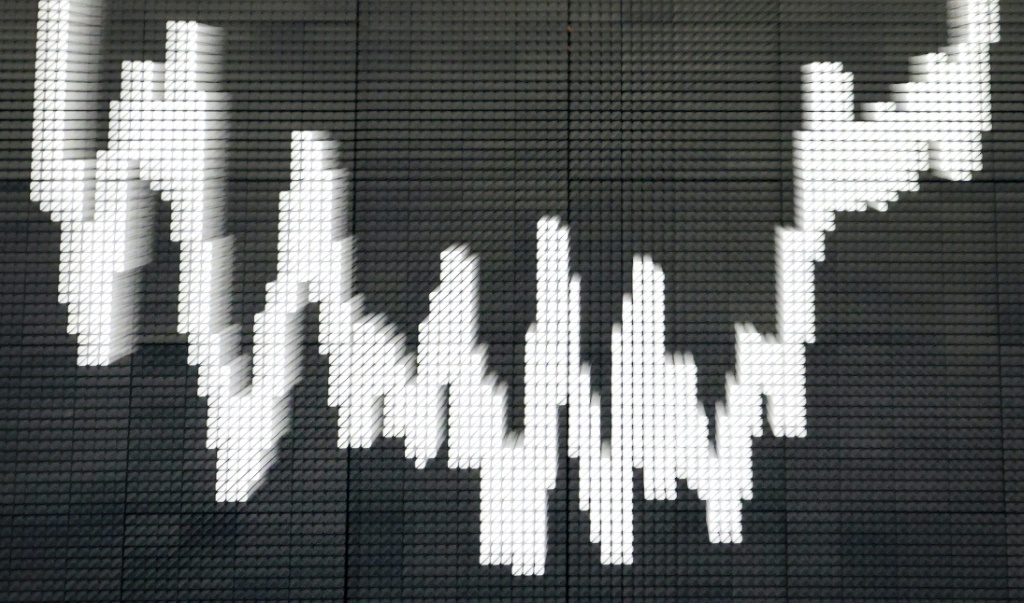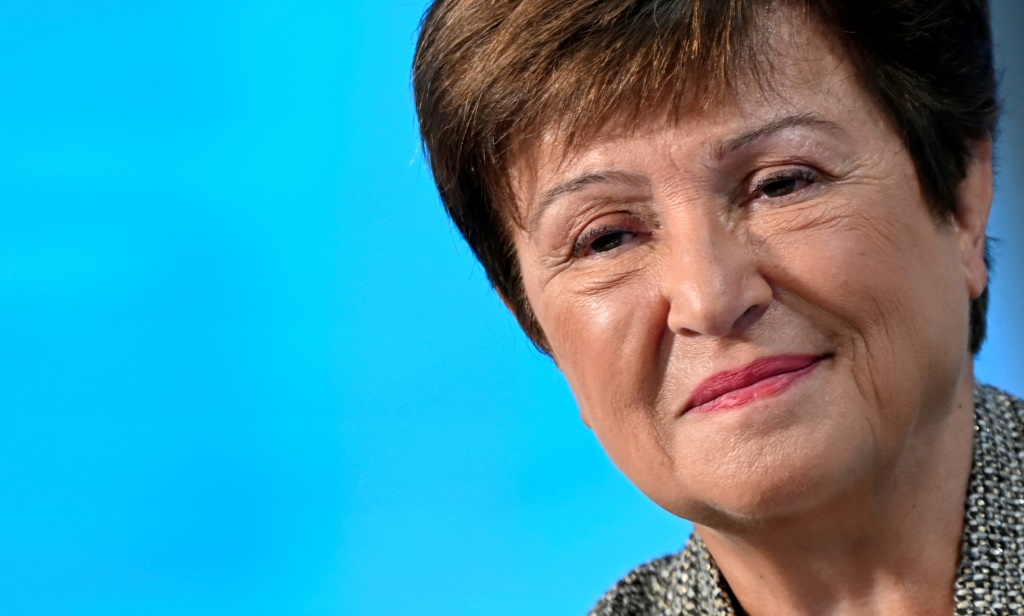Source: AFP
China’s economy is expected to have slowed in the first three months of the year as it continues to be hit by a debilitating housing crisis and strong consumer activity.
Beijing officials last month set a growth target of about five percent for the year — a goal they admitted “would not be easy” and which analysts said was ambitious given the headwinds facing the country.
But there are some bright spots — data last month showed industrial output surged even as consumption remained sluggish, reflecting China’s uneven recovery since emerging from growth-stifling zero-Covid policies in early 2023.
And analysts said they expected China to grow about 4.6 percent in the first quarter of the year on Tuesday, up from 5.2 percent in the last three months of last year.


Read also
Earnings steady at banks as executives discuss US economic risks
Analysts polled by Bloomberg expected it to reach 4.8 percent.
Housing woes remain a millstone for the economy, analysts said, as home prices continued to fall and top developers such as Country Garden and Vanke sent signals of risk to their profits and challenges to repaying the debt.
“Persistent weakness in the property sector and subdued household consumption, resulting from the negative wealth effects of the property correction and somewhat subdued income growth” will hold back growth, Brian Coulton, chief economist, told AFP. by Fitch Ratings.
Policymakers have announced a series of targeted measures, including the issuance of billions of dollars in government bonds, to boost infrastructure spending and boost consumption.
But analysts say much more needs to be done in the form of a “bazooka” stimulus.
“very bearish”
Ratings agency Fitch this month downgraded China’s sovereign credit outlook to negative, warning of “increasing risks to the outlook for China’s public finances” as the country faces a more “uncertain economic outlook.”


Read also
Asian shares struggle to follow Wall St higher, with earnings in focus
And analysts say government pledges to support the real estate sector have yet to affect the market or consumers.
“Home buyers remain very bearish,” Jin Ma, head of China research at the Institute for International Economics, told AFP.
Slow consumption is another trick.
Last month, retail sales — the main indicator of household consumption — rose 5.5 percent year-on-year, lower than the previous month despite covering a holiday period that typically sees a surge in spending.
“The lack of domestic consumer demand will remain a drag” on growth despite an improvement on the industrial production front, Moody’s analyst Heron Lim told AFP.
Fears that China could slip back into deflation were also a factor.
Consumer prices fell for several months since August, before rising 0.7% in February.
However, the consumer price index rose just 0.1% year-on-year last month, renewing fears of deflation.


Read also
A “strong” US has helped improve the global economic outlook, IMF chief says
While deflation suggests that goods were cheaper, it poses a threat to the wider economy as consumers tend to postpone purchases, hoping for further price cuts.
A lack of demand can then force companies to cut production, freeze hiring or lay off workers, while potentially also having to discount existing stock — reducing profitability even as costs remain the same.
“Inflation is a fever of an economy, while deflation is a cancer,” Ma said. “Prolonged deflation will hurt consumer and investment demands.”
Manufacturing was a bright spot in the first quarter, analysts said, pointing to strong March official data.
“Our proprietary indicators suggest stronger manufacturing activity than construction activity,” Goldman Sachs’ James Seddon told AFP.
“Relatively positive news on industrial production and exports means growth will remain solid this quarter,” Moody’s Lim told AFP.
However, he warned that more government support would be needed to support growth in the medium term as there were “few policy support measures aimed at directly supporting domestic consumption”.
Source: AFP


